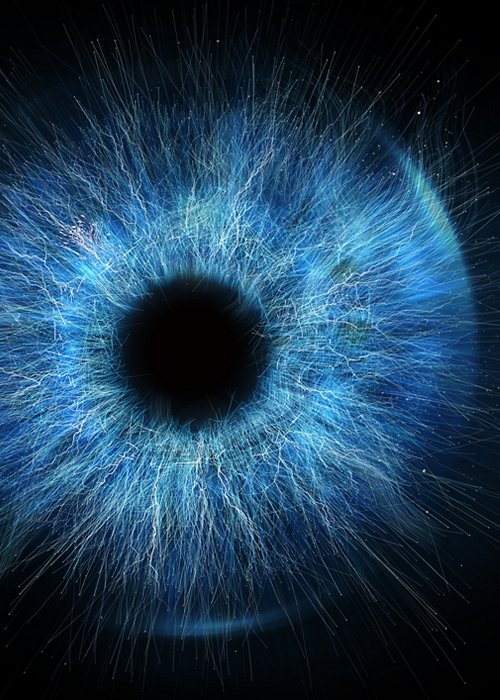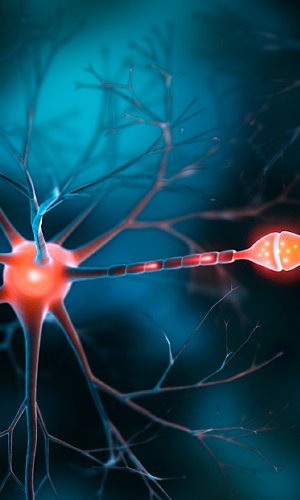About 76% of people without vision problems experience a peculiar phenomenon called “Floaters” when looking directly at the clear blue sky. These tiny specks follow the movement of the eye and may resemble small worms. Scientifically known as *Muscae volitantes*, or “flying flies,” they are not insects. Inside the eye, there is a transparent substance called the vitreous body, which helps maintain the spherical shape of the eyeball. Floaters occur when protein clumps, red blood cells, or small pieces of tissue become suspended in this substance, casting faint shadows on the retina, the light-sensitive layer at the back of the eye. These shadows become more visible in bright light, which is why the phenomenon is most noticeable when looking at illuminated surfaces. It’s also common to see tiny, bright dots with dark trails moving rapidly across your field of vision while looking at the sky. This phenomenon is known as the blue field entoptic phenomenon. These white dots are actually white blood cells moving through the capillaries of the retina.
Blue light hitting the retina is absorbed by red blood cells within the capillaries. The capillaries create shadow lines that the brain removes from the image. However, white blood cells, which are larger and less numerous than red blood cells, do not absorb blue light. Instead, they create gaps in the blood flow that appear as luminous dots. These gaps are not perfectly round, as white blood cells tend to stretch out inside the capillaries. Knowing that even the sky allows you to “see” inside your eyes might make you want to close them. But doing so won’t shield you from the other strange phenomena surrounding your vision. For instance, when you close your eyes, you might notice spiral or checkerboard patterns of light. These slightly bothersome images, which can occur as you try to fall asleep, are entirely normal and caused by phosphenes.
Even when your eyes are closed, they don’t completely “switch off” but continue to “look” into the darkness. When cells at the back of the eye become active, the brain translates these signals into moving shapes or patterns. You can observe this phenomenon by gently pressing on your eyelids after closing your eyes. The pressure stimulates the cells at the back of the eye, producing light signals that might even display a variety of colours by stimulating the colour receptors. Phosphenes are particularly common in children due to the high activity of their eye cells, though they become less frequent with age but remain relatively common. There are countless strange phenomena occurring inside our eyes that influence how we see. This article describes just a few, but there are many more. All these phenomena remind us that the external world isn’t exactly as we perceive it, and our vision is highly subjective because the eye will never be a perfect mirror of the events around us.
By Stefano Moratto, 3L – Liceo Scientifico Vittorio Veneto, Milan




